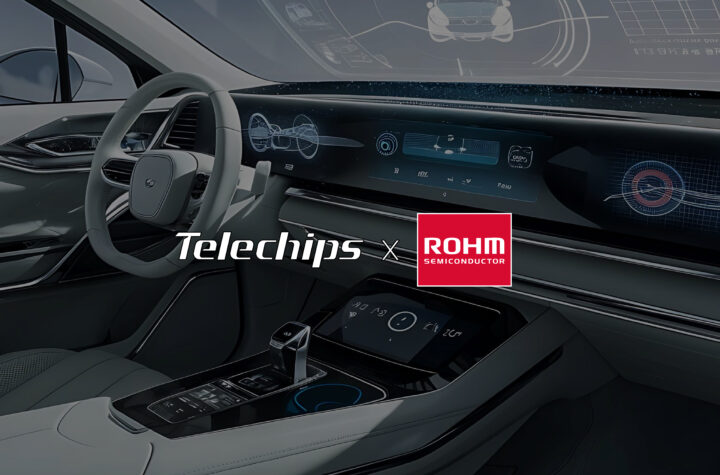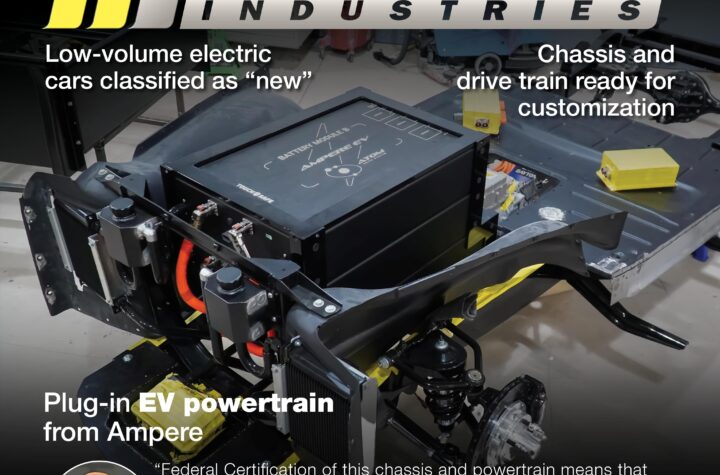

Demand for styrene maleic anhydride (SMA) based materials is expected to grow as vehicle designers realize that they need not be constrained by the properties of the plastics traditionally used in vehicles thanks to breakthroughs in SMA technology.
SMA polymers have been used in high-performance applications such as instrument panel structures for a quarter of a century, but now designers are finding that SMAs outperform many other plastics when it comes to the production of large and high precision components requiring dimensional stability, low creep, high temperature resistance, stiffness and low warpage. Its ability to mold within very tight tolerances makes SMA the ideal material for complex and precise parts, according to Dutch company Polyscope. The structure of the polymer allows for the manufacture of components with lower glass content and thinner walls without compromising the properties of the finished component.
Additional advantages are that paint and foam can be applied directly to SMA components without any further treatment. One of the disadvantages of SMA compounds up to now has been the visual impact of the finished part – which has restricted their use to hidden areas. Polyscope says, however, that it has “made a major breakthrough in glass-filled SMA systems by developing a solution without a major cost impact that makes the material suitable for visual areas as well”.
The company is gearing up to meet the expected resultant growth in demand for SMAs. Founded in 2006, Polyscope produces and exports its styrene copolymers and compounds around the globe. The Polyscope XIRAN range is used mainly for engineering plastics and water-based applications. The engineering resins are designed specifically for the automotive industry, and are used in foamed instrument panels, sunroof frames, center consoles, decorative trims, defrosting grilles, center stacks, structural brackets and painted interior parts which have to meet severe mechanical, thermal and safety criteria. Polyscope produces neat resins with both very low and very high maleic anhydride (MA) content in a very broad molar mass range.
Designers have also started using XIRAN compounds for applications such as large sunroof frames, due to the high dimensional stability and low creep of SMA polymers. SMA has also been proven to be an excellent material for painted or foamed interior trims due to its exceptional surface adhesion.
Automotive Industries (AI) asked Peter Tackx, director Sales and Business Development, Polyscope Polymers to tell us why the auto industry is taking a fresh look at SMA polymers.
Tackx: OEMs have begun differentiating between material costs and system costs. In the constant drive to reduce costs, the industry has realized that the lowest cost materials are not necessarily the cheapest to use. Take the savings in glass reinforcing by replacing traditional plastics with SMA compounds. That gives an immediate weight saving, while reducing wear on tooling and machinery. Or the fact that foam and paint can be applied directly onto SMA compounds. That saves on the system costs in terms of time, energy and materials required to prepare other materials, such as plastics and metals. It also reduces the environmental impact of the production of the component.
AI: Another system cost, of course, is wastage. How does XIRAN compare?
Tackx: SMA scrap can and is directly recycled. Up to 20% of the material in a component can consist of recycled materials, while retaining properties such as stiffness, impact and heat resistance. There is no wastage within the plant. SMA is also compatible with most other plastics.
AI: What new products are being developed?
Tackx: Polyscope is constantly looking to expand its product portfolio with new and innovative materials, including neat resin copolymers and compounds. We develop materials in response to market needs and customer feedback. One of the recent product developments has been in non glass-filled SMA compounds, for example the XIRAN SM 200 or the XIRAN SE 800 for interior components. We are also developing a product with even higher transition temperature or heat resistance. There is also, of course, a focus on “greener” products and production methods.
AI: What are some of the new automotive applications of the new materials?
Tackx: The latest Polyscope automotive applications include sunroof frames and decorative trims. Sunroof frames make use of the excellent dimensional stability, low warpage and low creep of XIRAN to precision mold large, thin parts. Decorative trim makes use of XIRAN’s outstanding surface adhesion to eliminate costly surface pre-treatments.
AI: What position does Polyscope Polymers currently hold in the SMA-based compounds market as far as the automotive sector is concerned?
Tackx: Polyscope is a major SMA resin and compound supplier worldwide for many different automotive programs. Our compounds can be found in dozens of models produced by most of the major OEMs around the world. This percentage is likely to grow as the size of plastic components gets bigger – and this is where SMA-based compounds have the winning advantage. Polyscope’s fresh thinking will continue to produce great products.















More Stories
AVL ThermalLab™ brings dynamic road VTMS conditions to the laboratory
QNX® Sound frees up designers to be more creative with in-car acoustics services
Driving Change with Circular Aluminum: Hydro’s Role in the Automotive Future